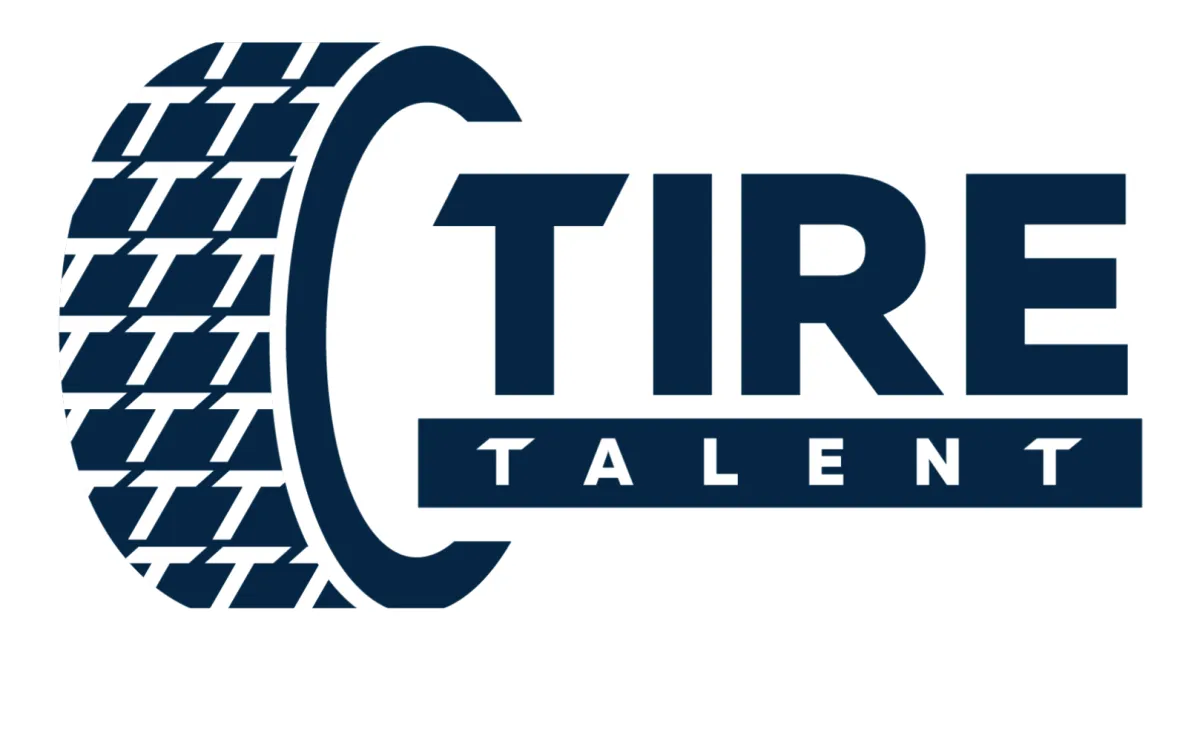Client Testimonials
WE EXIST TO MATCH THE RIGHT PEOPLE WITH THE RIGHT BRANDS ACROSS THE WORLD. WE MEASURE OUR SUCCESS, BY YOURS.
The CLIENT RELATIONSHIP
At Tire Talent, our priority is people, and our clients keep our lights on. Expect nothing less than exceptional service and incredible candidates when you partner with us, as excellence is our standard.
We don’t just treat our clients the way we’d want to be treated. We truly treat them like family, and try our hardest to provide incredible value throughout the lifetime of our partnerships.

WANT THE BEST INDUSTRIAL RECRUITERS?
Get hiring results like the above recruiting reviews and more when you schedule your consultation today.
I agree to terms & conditions provided by the company. By providing my phone number, I agree to receive text messages from the business.
Address
177 East Main St. #355
New Rochelle, NY 10801
Phone
(843) 732-8473
Follow Us
Privacy Policy
Terms of Services
